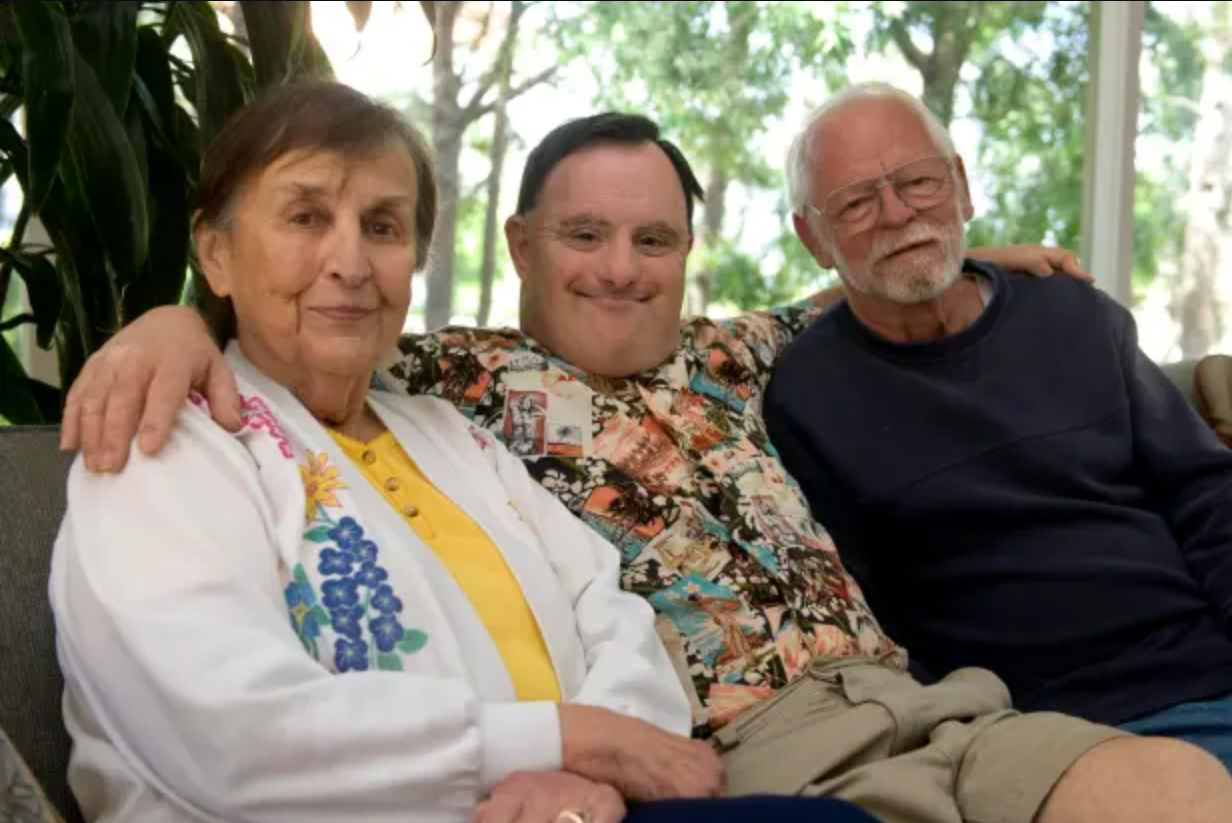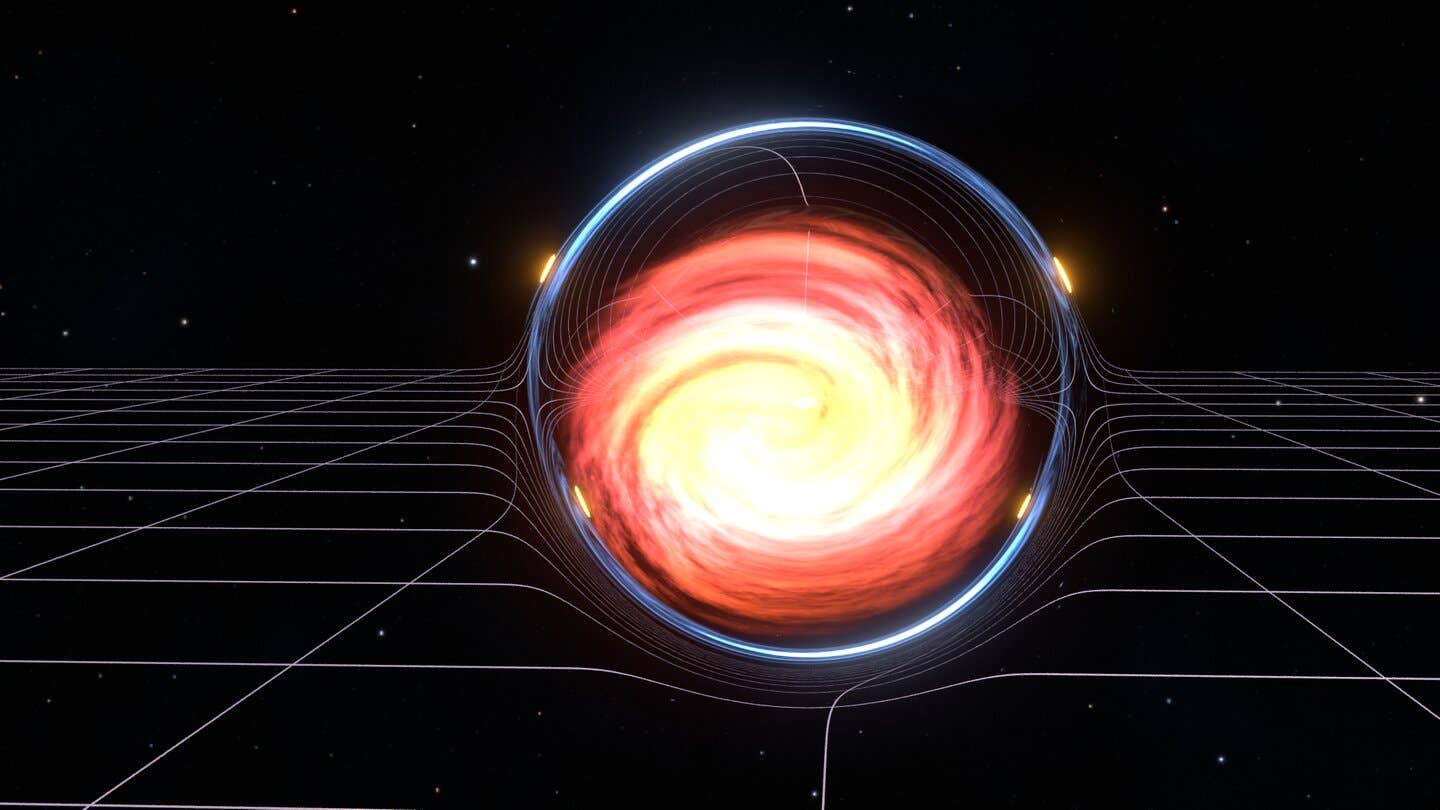Researchers find surprising link between Alzheimer’s disease and Down syndrome
Using cryo-electron microscopy, the researchers analyzed Aβ and tau filaments in individuals with both Down syndrome and Alzheimer’s disease

Using cryo-electron microscopy, the researchers analyzed Aβ and tau filaments in individuals with both Down syndrome and Alzheimer's disease. (CREDIT: Creative Commons)
A recent study published in Nature Structural and Molecular Biology utilized advanced cryo-electron microscopy technology to examine protein structures in individuals with both Down syndrome and Alzheimer's disease.
Down syndrome is the most common chromosomal disorder, often associated with intellectual disabilities, while Alzheimer's disease is a neurodegenerative disorder marked by cognitive decline.
The study aimed to determine if there are differences in protein structures between those with Alzheimer's disease alone and those with both Alzheimer's disease and Down syndrome.
This figure shows a Cryo-EM map in transparent gray, with atomic model of a single molecule of type I and II Aβ42 filaments and type IIIa and IIIb Aβ40 filaments in Down syndrome. (CREDIT: Nature Structural and Molecular Biology)
Dr. Ruben Vidal, lead investigator of the study and professor at Indiana University School of Medicine, highlighted the presence of amyloid β (Aβ) and abnormal accumulation of tau protein in individuals with both Down syndrome and Alzheimer's disease. However, the structures of these proteins in Down syndrome had not been previously explored, leaving uncertainty about potential differences from Alzheimer's disease.
Using cryo-electron microscopy, the researchers analyzed Aβ and tau filaments in individuals with both Down syndrome and Alzheimer's disease, comparing them to those in typical Alzheimer's disease cases.
Their findings revealed similarities in the protein structures of Aβ and tau filaments between individuals with both conditions and those with Alzheimer's disease alone.
Related Stories
Dr. Vidal emphasized the significance of these findings for developing better treatments for Alzheimer's disease patients and individuals with Down syndrome.
He stressed that understanding the common mechanisms underlying Alzheimer's disease in individuals with Down syndrome is crucial, especially considering the increasing lifespan of people with Down syndrome, most of whom eventually develop Alzheimer's disease.
The study, conducted by researchers at Indiana University School of Medicine and Purdue University, utilized cryogenic electron microscopy to obtain detailed 3D views of Aβ and tau filaments in individuals with both Down syndrome and Alzheimer's disease.
This approach revealed two new types of Aβ filaments in the vascular compartment, distinct from those observed in typical Alzheimer's disease cases.
Dr. Vidal underscored the importance of including individuals with both Down syndrome and Alzheimer's disease in clinical trials targeting Aβ or tau filaments. He noted similarities in the mechanisms of amyloid aggregation but called for further research to determine whether observed differences in vascular Aβ deposition are specific to individuals with Down syndrome.
Co-corresponding author Dr. Wen Jiang from Purdue University expressed gratitude for the contributions of patients who donated their brains to the research.
He highlighted the essential role of cryo-electron microscopy and 3D modeling techniques in uncovering atomic structures of amyloid beta and tau fibrils in individuals with Down syndrome, illuminating the link between Down syndrome and Alzheimer's disease.
The researchers also acknowledged the support of the National Institutes of Health (NIH) and the resources provided by the Purdue Cryo-EM Facility, which enabled their groundbreaking work.
Other study authors include co-corresponding author Bernardino Ghetti, Anllely Fernandez, Grace Hallinan, Kathy Newell and Holly Garringer, all from the IU School of Medicine; and Rejaul Hoq, Daoyi Li, Sakshibeedu Bharath, Frank Vago, Xiaoqi Zhang and Kadir Ozcan, all from Purdue University.
This research was funded by the National Institutes of Health and the IU School of Medicine Department of Pathology and Laboratory Medicine.
For more science news stories check out our New Discoveries section at The Brighter Side of News.
Note: Materials provided above by The Brighter Side of News. Content may be edited for style and length.
Like these kind of feel good stories? Get the Brighter Side of News' newsletter.



